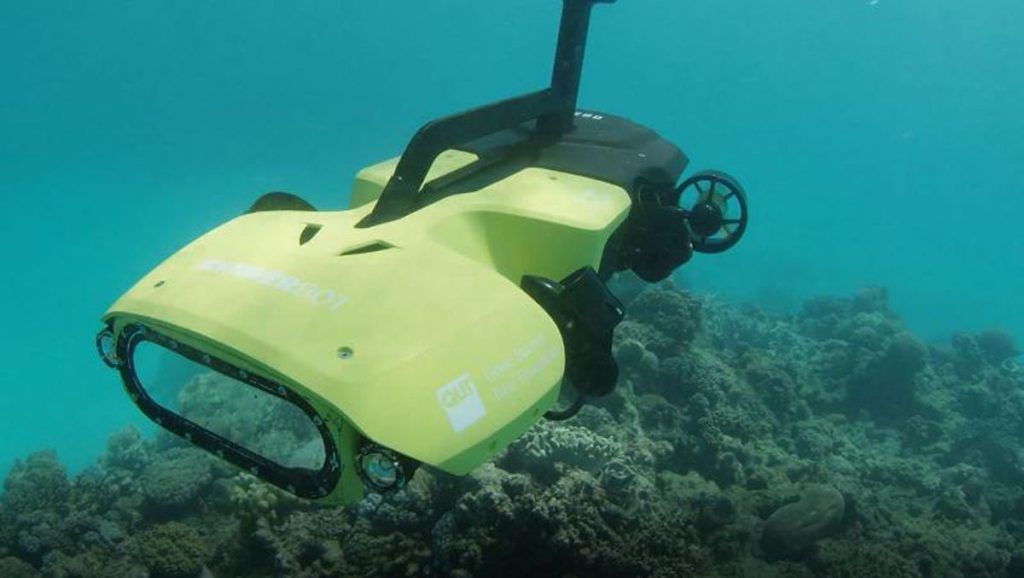
Scientists have deployed autonomous robots to annihilate hordes of coral-consuming starfish that are quietly destroying Australia’s Great Barrier Reef.
Over the last decade, a population explosion of ravenous crown-of-thorns starfish (COTS) has led to widespread damage along the reef, which is already imperiled by other threats like pollution, coral bleaching, and hurricanes. The astronomical growth in the population is apparently due to a variety of factors, including agricultural runoff boosting food for larvae, overfishing of their predators, and the fact that they’re insanely efficient at growing and reproducing.
Bearing up to 21 arms—all packed with venomous spines—a single individual can consume up to 65 sq ft of living coral reef per year. First, they position their bodies on top of the coral, then extrude their stomachs from their mouths, before secreting digestive enzymes that dissolve the tissue into a liquid which the starts can absorb.

Thankfully, technology is here to help save the reef—or at least make a dent. Named “RangerBots,” the robots patrol the reefs in search of COTS, which they can detect with 99.4% accuracy. Once they’ve identified their target, the robots inject a derivative of bile, which kills the starfish (but not the reef) in 20 hours or less.
Behind the genius invention is Queensland University of Technology’s roboticist Matthew Dunbabin, who is backed by a $750,000 grant from Google. Dunbabin wished to create a conservation robot that could be easily operated by any researcher, and he did just that — it apparently takes just 15 minutes to learn how to operate RangerBot.
The underwater drone navigates its environment using “robot-vision” to detect obtacles and can also survey reef health by gathering data on water quality, pest species, siltation, and pollution.
“RangerBot can stay under water almost three times longer than a human diver, gather more data, and operate in all conditions and at all times of the day or night, including where it may not be safe for a human diver,” Dunbabin said in a statement.
Dunbabin hopes that his RangerBots can not only save existing parts of the Great Barrier Reef, but can also protect others in the future by detecting early warning signs of COTS outbreaks.




